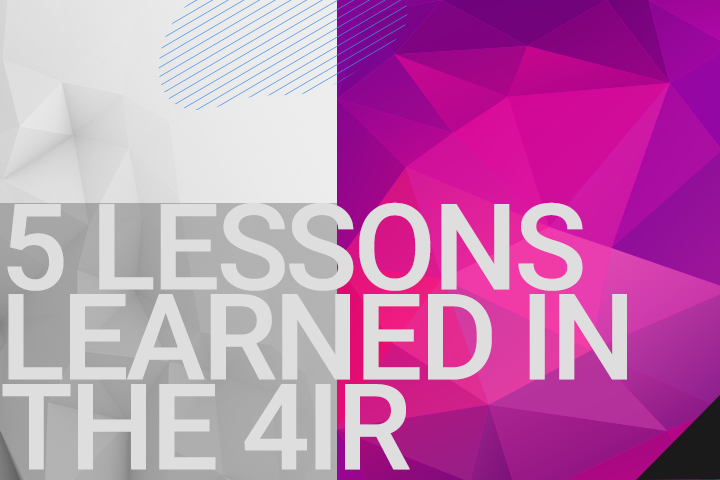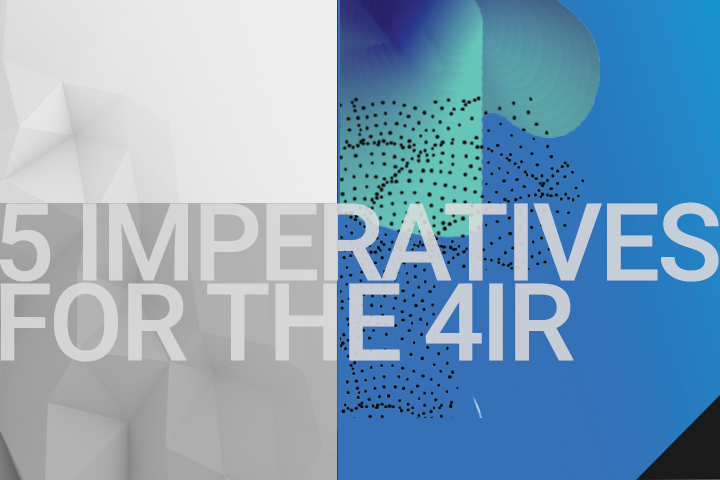4 min read
5 Lessons Learned from the First Wave of the 4th Industrial Revolution
For digital-savvy companies, the first wave of the Fourth Industrial Revolution (4IR) is already history. Progressive businesses are embracing a...
2 min read
Logical Design Solutions
:
2/8/18 3:00 PM
The Performance Management System was relevant in the context of strategies seeking marketplace advantage through operational excellence and products or services that were better, cheaper and faster. Top-line KPIs were effective in explicitly dictating how a firm would achieve its goals and in defining how individuals would be measured for their yearly contributions, when trickled down through the organizational chart. And its hallmark annual assessment process provided clear-cut performance ratings yielding differentiated compensation.
But business today finds itself in a markedly different world. The exponential and combinatorial changes fueled by technology innovations are redefining what it means to be a high-performing organization. Less capital- and labor-driven, the new digital organization is more knowledge-driven, with culture as its glue. Success today is predicated by core organizational capabilities — such as a pervasive digital-first mindset; agility and resilience; and bold, multidisciplinary experimentation — that are grounded in behavior change and impact virtually every element of business activity.
Not surprisingly, our decades-old performance models are largely insufficient in managing people to this new success criteria. Feedback provided twice annually in mid-year and year-end performance reviews is retroactive and misses the many opportunities to correct and inspire in the moment. The anxiety and competition that typically surround the annual review process swim entirely against the imperative for people to comfortably and openly engage in collaborative work. Below, we illustrate the degree to which Performance Management must transform to support the needs of the digital business.

Performance Management transformation isn’t new; in fact, 79% of senior executives in 2017 rated its redesign a high priority1. Change efforts are underway, but we observe shortcomings in the context in which performance redesign is considered. As for all management systems responsible for enterprise change, Performance Management must rethink how it serves the business with behavior change at the epicenter of new organization models. It is insufficient to focus efforts “inward” on a new performance process, roles and responsibilities, tools and resources.
We offer a potentially more helpful lens that views the future organization operating in two dimensions: the “planned” organization, where conscious organizational and work design is conducted, and the “living,” where the reality of what people do occurs (be it in accordance with, or in contrast to, planned work).
The new Performance Management System is informed by the “planned” organization, and acts in the “living,” in the context of people behaviors and practices.

The digital age, while relatively new, is widely projected to bring macro-economic change with impacts impossible to predict. In preparation, to the extent that it’s possible, it would be prudent to think about building resiliency into the new Performance Management system. Forward-looking ideas include:
1) 2017 Deloitte Global Human Capital Trends
2) There Are Two Types of Performance – but Most Organizations Only Focus on One

4 min read
For digital-savvy companies, the first wave of the Fourth Industrial Revolution (4IR) is already history. Progressive businesses are embracing a...

4 min read
Recommended Pre-Read: This piece builds on concepts discussed in our POV "5 Lessons Learned in the First Wave of the 4th Industrial Revolution." ...

8 min read
Sarah is a 28-year-old financial analyst at a global consulting firm in New York. Her office is modern, her role intellectually demanding, and her...